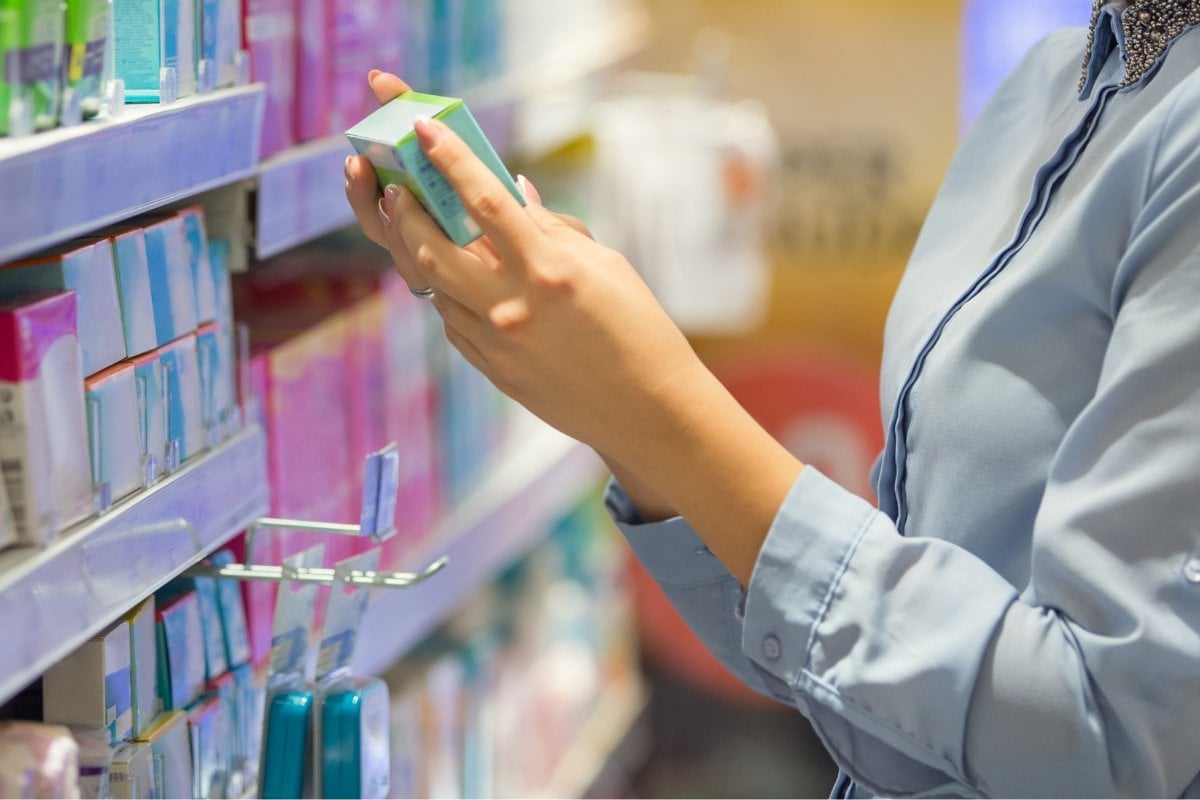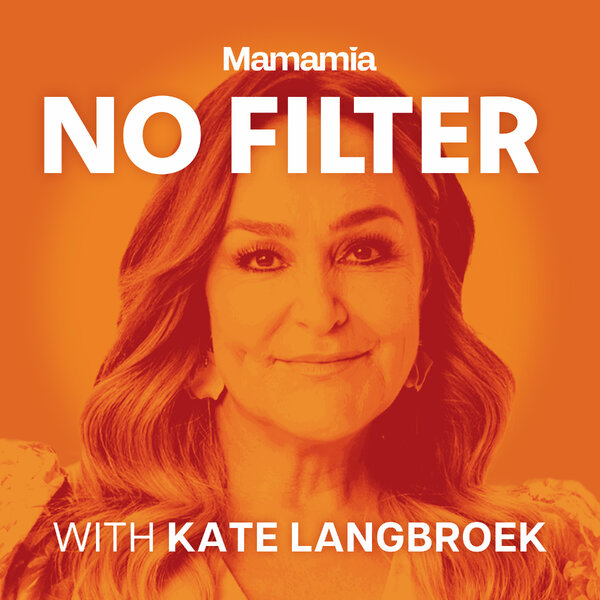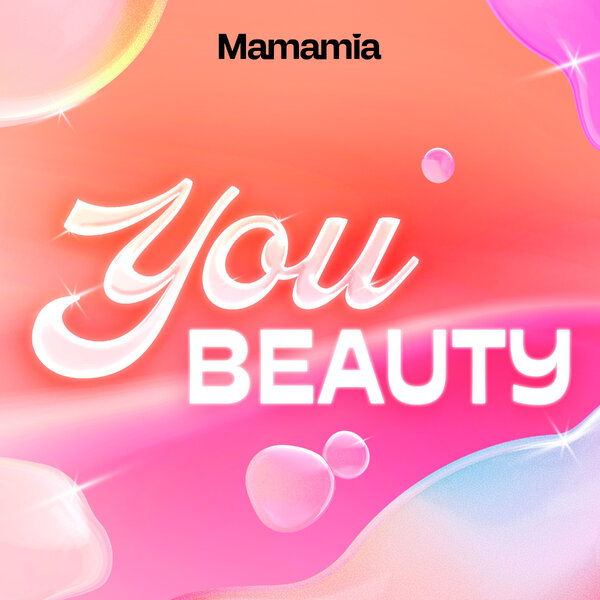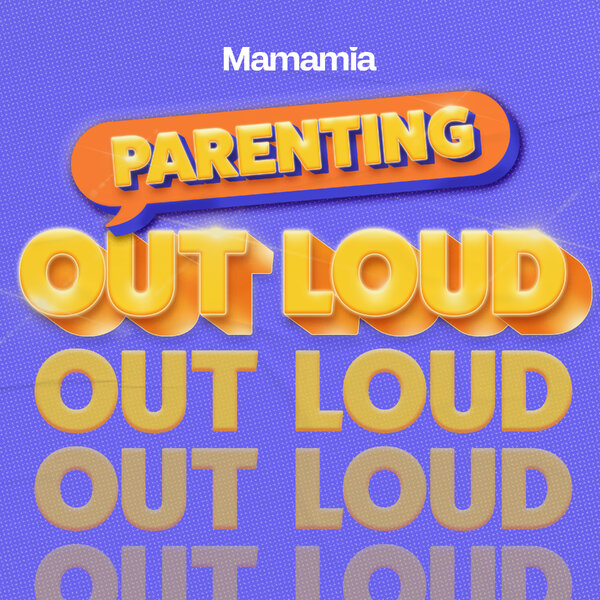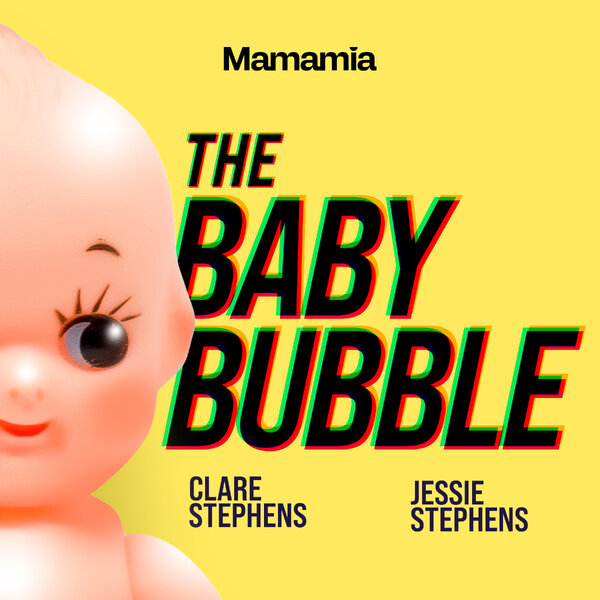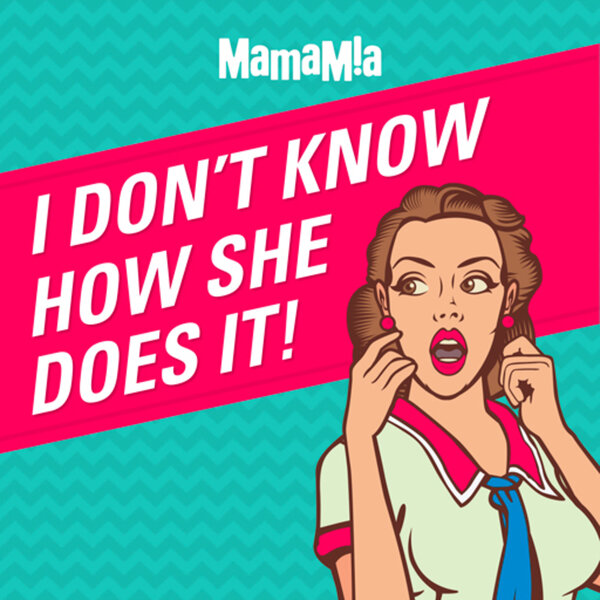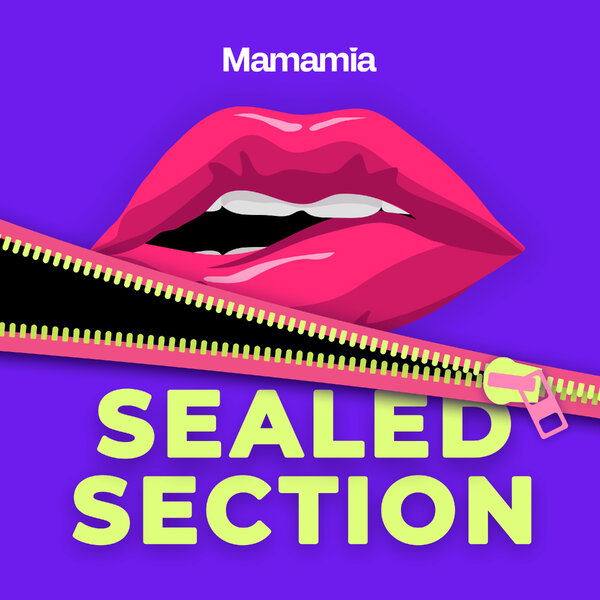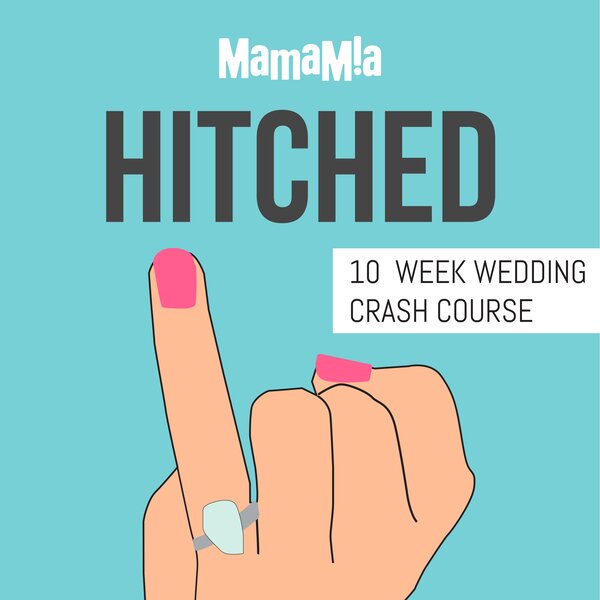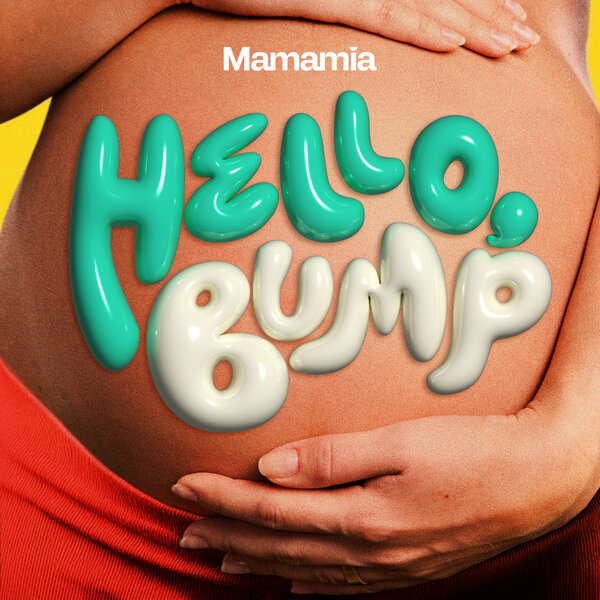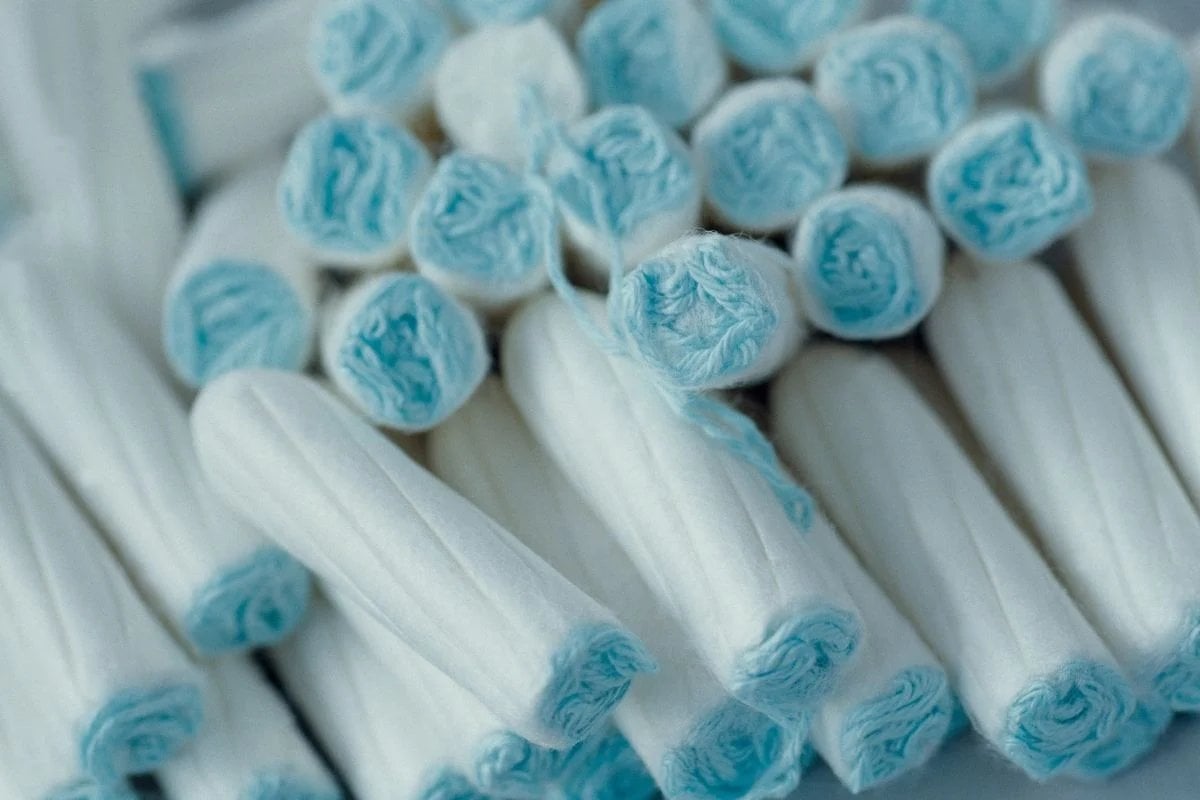
If you've been slinking around the interweb as of late, chances are you've seen (or heard) some noise around tampons. Specifically, what's in them.
A recent study found "measurable concentrations" of several toxic metals in 14 different 'top selling' tampons — including metals like lead that has no 'safe' exposure level.
It was also found that most metals detected depended on the brand's organic status — for example, lead concentrations were higher in non-organic tampons while arsenic was higher in organic tampons. Notably, no category had consistently lower concentrations of all or most metals.
Watch: Tampons and pads are hardly a luxury, but did you know they had GST? Post continues below.
While the negative side effects of heavy metal poisoning are well documented, this current research doesn't provide enough information to definitively link the metals to negative health effects. For this reason, the study has called out the need for future research to determine whether metals can leach out of tampons and into people's blood stream.
In a statement, lead author and postdoctoral scholar Jenni Shearston said, "Despite this large potential for public health concern, very little research has been done to measure chemicals in tampons."

